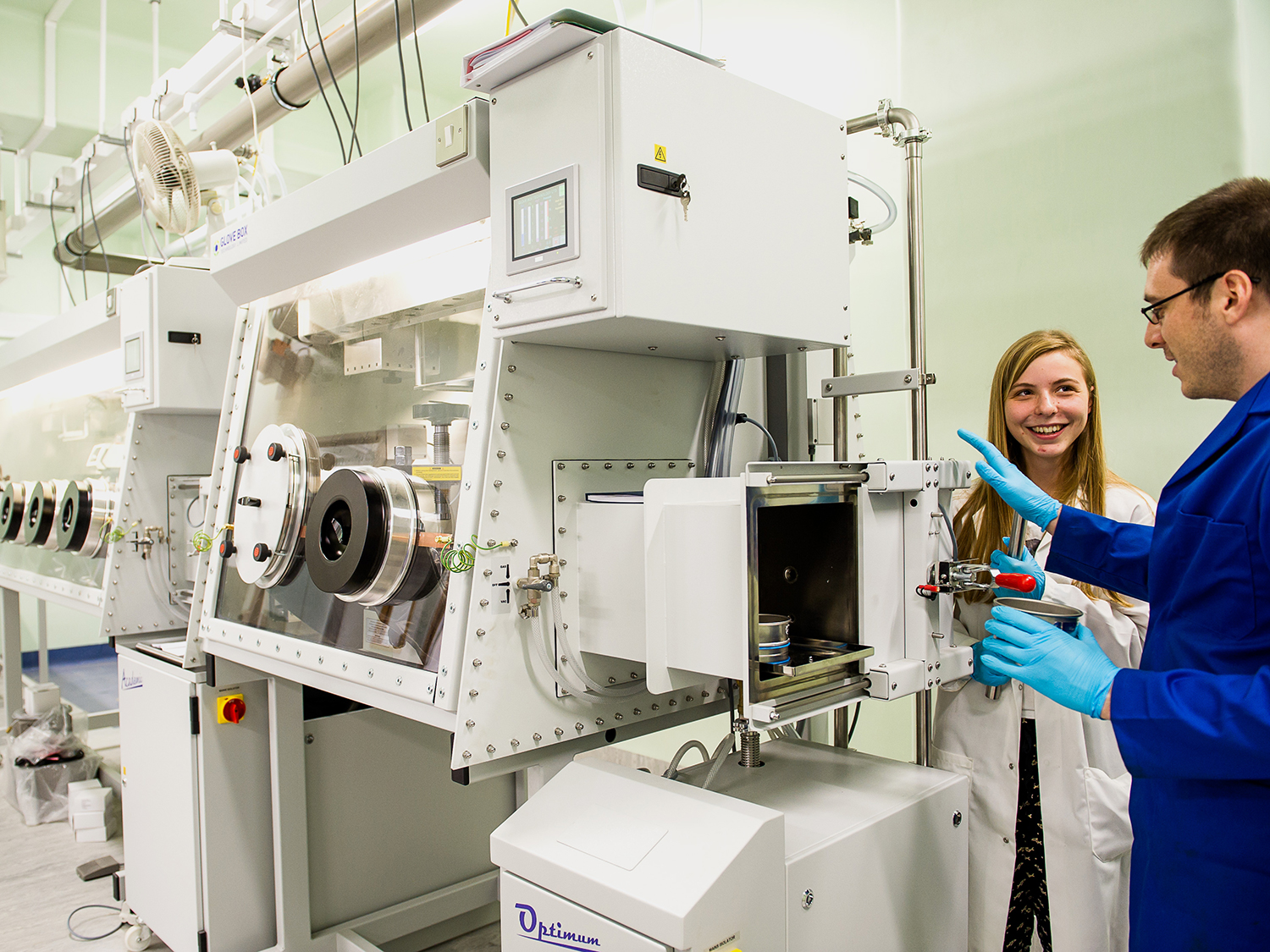

Uranium has been extracted from seawater using electrochemical methods. A team at Stanford University in California has removed the radioactive material from seawater by using a polymer–carbon electrode and applying a pulsed electric field. Uranium is a key component of nuclear fuel. On land, there are about 7.6 million tonnes of identified uranium deposits around the world. This ore is mined, processed and used for nuclear energy. In contrast, there is 4.5 billion tonnes of the heavy metal in seawater as a result of the natural weathering of undersea deposits. If uranium could be extracted from seawater, it could be used to fuel nuclear power stations for hundreds of years. As well as taking advantage of an untapped energy resource, seawater extraction would also avoid the negative environmental impacts.
Scientists are therefore working on methods to remove and recover uranium from the sea. However, the oceans are vast, and the concentration of uranium is only 3 μg/l, making the development of practical extraction techniques a significant challenge. “Concentrations are tiny, on the order of a single grain of salt dissolved in a litre of water,” says team member Yi Cui. In water, uranium typically exists as a positively charged uranium oxide, or uranyl, ion (UO2+2). Most methods for extraction involve an adsorbent material where the uranyl ion attaches to the surface but does not chemically react with it.
Oman Observer is now on the WhatsApp channel. Click here



